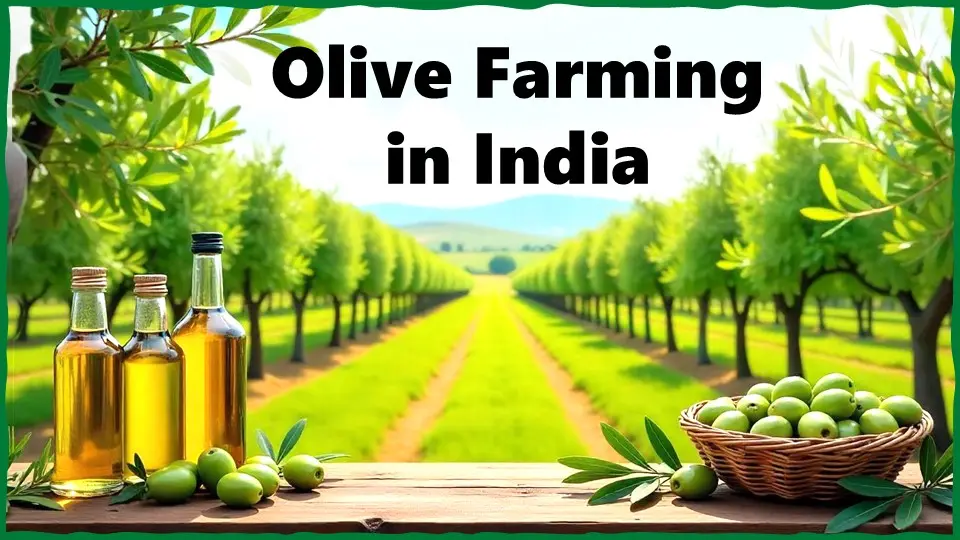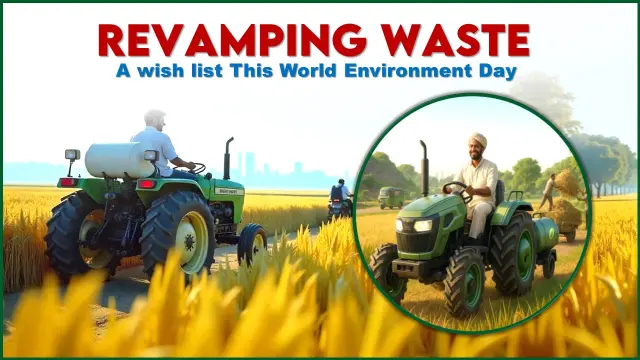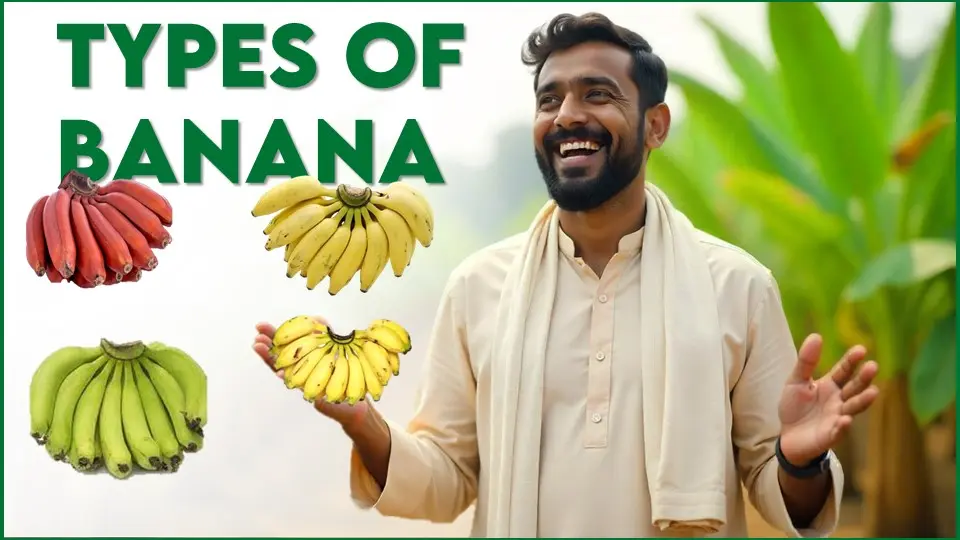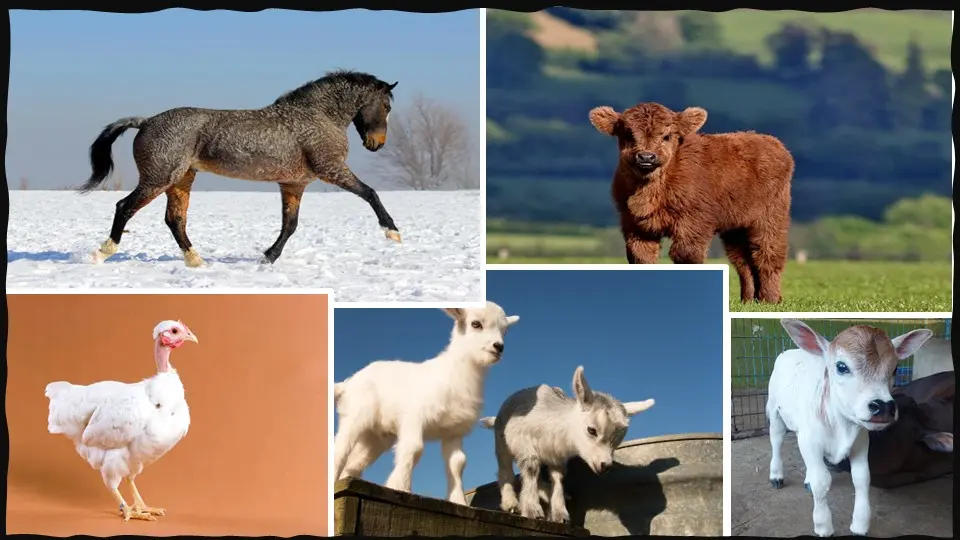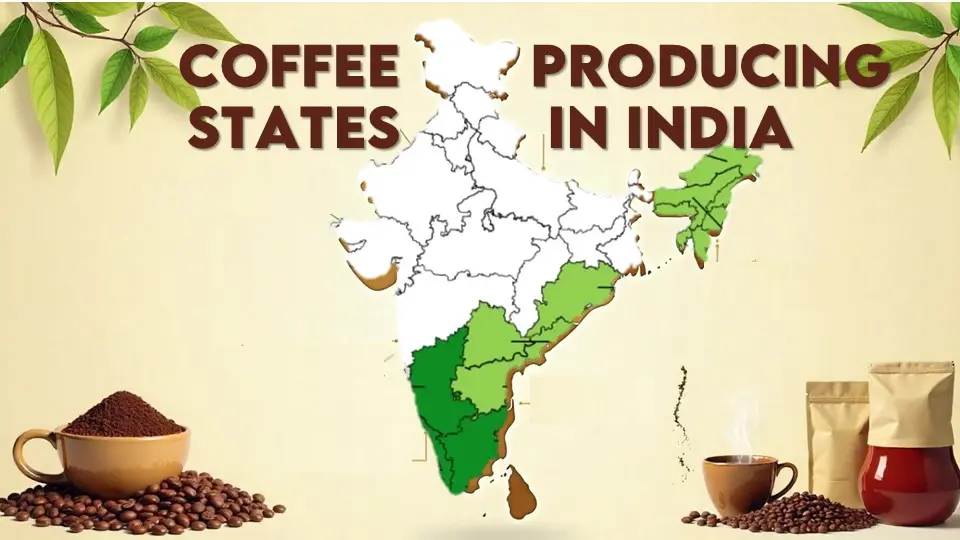The aftermath of COVID-19 has brought about many positive changes in our social systems, with the world becoming more conscious of their health and well-being. Amidst these shifts, we couldn’t overlook the importance of food, which ultimately takes our attention towards ‘the oils’.
In this respect, olive oil has emerged to be a game-changer, thanks to its amazing health benefits; Today, its market value has surged up to 15.11 billion US dollars globally. In India, it is estimated to have a market value of 141.5 million US dollars by 2027. Many of our households and restaurants use this oil day in and day out and contribute to about 0.14% of the total edible oil sold in the country.
But even after its high demand, Olive farming in India remained an under-researched subject. Most of the olive oil present in the market today, is imported from other countries like Oman, Saudi Arabia, Iraq, Spain, etc, which is worth 270 million US dollars, making India, its tenth largest importer. Due to heavy import duties and soaring prices, olive oil has earned the nickname, ‘ liquid gold’. To make this share of demand and price a fair deal, it is crucial that olive farming in India becomes a key topic of discussion and development.
From an agriculturist point of view, you might be wondering whether olive farming is even feasible in India. You will be surprised to know that our land hasn’t been unprecedented with the roots of olive trees. So, Let’s take a closer look at the existing olive farming efforts in India.
Types of Olive Grown in India
Olive is a tree or shrub that belongs to the family Oleaceae and is mainly considered as a tree oil crop. Although there exist more than a thousand cultivars of olives in the world, there are only three types of olive trees that are important for India’s climatic and regional perspective.
1. Jalpai/ Pickle Olive
The first one is the native Olive of North-east India, scientifically known as, Elaeocarpus floribundus. It is famous for its tangy flavour in cuisines, pickling, etc. Jalpai is the name used in Assamese, whereas ‘veralu’ in Sinhala, ‘veralikkai’ in Tamil, ‘kaarakka or kaara’ in Malayalam, and chorphon in Manipuri. It is cultivated only for its fleshy fruits and can’t be used to produce oil, which keeps its popularity only in its local markets; there is no official data available on any jalpai orchards.
Hanjabam Shubra Devi, the owner of Meira Foods is the only person who has managed to utilise jalpai on a commercial scale, to make candies.
2. Jaitun/ Indian Olive/ Himalayan Olive
Himalayan olive trees, scientifically known as Olea cuspidata, are the most under-utilised among these and are found in the Himalayas, from Kashmir to Kumaon region. People only use this tree to obtain fodder or timber and sometimes as a weed or just another bush.
But the fact that Olive was naturally growing in these states with much resiliency, grabbed the attention of researchers, and hence, In 1985, the Central Institute of Temperate Horticulture (CITH) conducted projects in Kashmir Valley, and Himachal Pradesh to check the performance of imported olive plants from Italy, Spain, Israel, etc. However, much to their expectations, the project failed. But Olea cuspidata, being a close relative of Olea europaea, makes it a suitable rootstock for further research.
3. European Olive/ Real Olive
European olive is what we are seeking, this species of olive is used for oil extraction. Scientifically known as Olea europaea, is not native to Indian climatic conditions. In 2007, at the request of Rajasthan Chief Minister, Vasundhara Raje, a pilot project was conducted under Rajasthan Olive Cultivation Ltd (ROCL), by integrating the resources and finances of the Rajasthan State Agriculture Marketing Board (RSAMB), Israeli company Indolive Limited and Pune-based horticulture company Plastro Plasson Industries (now Finolex Plasson Industries Limited).
India produces only about 2,000-3,000 tonnes of olive oil in the best-case scenario with all weight on Rajasthan. We still have to cover a long distance ahead of us to reach a demand of 14,000 tonnes. How can we make it happen? Is it even a sustainable practice in the first place?
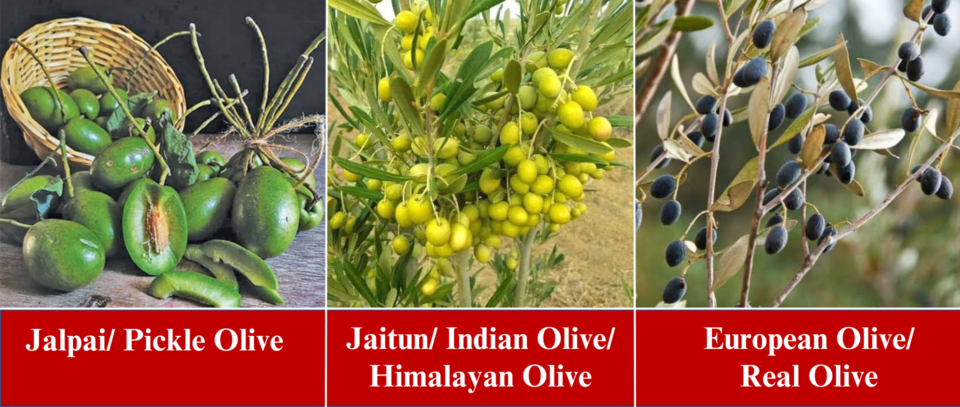
How to Start Olive Farming in India?
Many success stories from Rajasthan have surely grabbed the attention of farmers from all over the country, and people are trying to grow olive orchards. So let’s get into the details of this whole process.
STEP 1: Choose the Right Location
Olives need full-day sunlight, and long summers, and are extremely sensitive to cold and frost. It thrives best in well-drained, alkaline soil, with good aeration.Different states and geographical locations in India experience unique weather conditions all year round. So, many parts of west and south India may fulfil these requirements, and for other locations, again experiment and research shall work.
STEP 2: Prepare the land
At least 2-3 tillages with 12-18 inches depth must be done in the selected land. Enrich the land with organic matter and mark the places for the saplings’s stay.
STEP 3: Select the Saplings
Always get healthy and disease-free saplings from a reputable nursery, as in Jaipur. Ensure that the saplings are well established with a healthy root system, which takes around 8-12 months, it may vary in different locations but the sapling must be at least 30-50 cm tall. It is necessary so that the plants can tolerate harsh weather conditions. The Rajasthan government provides a sapling for about Rs. 114 in Rajasthan and for other states, the prices rise to Rs. 150.
NOTE: Consult the local experts, ICAR or state universities to suggest varieties in some particular locations.
STEP 4: Plant the Saplings
The best time to transplant the sapling is during the spring or fall. The spacing between the trees depends on the varieties and usually lies between 16-20 feet. In a hectare of land, you can grow up to 475 olive plants.
STEP 5: Take Care of the Tree
By taking care, I mean water management, pest or disease management, Nutrient Management and Canopy Management. Although the tree itself is drought-tolerant, it needs regular watering till it matures, but don’t stop there, because, in the context of India, you must water it till its fruit matures. Be vigilant about the moisture in the soil, as waterlogging can instantly deteriorate its overall growth. You can inculcate a drip irrigation system to minimise the water losses as well.
It’s best to keep your soil nutrient-rich with organic matter and apply fertiliser only after the soil testing is done. It can be done every year during winter because the tree faces dormancy at that time. Never over-fertilise your trees, because then it will lead to enhanced vegetative growth and impaired fruiting, which is not what we want. Usually, each tree requires a hundred kg of cow dung, and that much is enough.
Olive crops don’t have any serious pests in India, but the aphids, scales or fruit flies can cause minor damage, which can be left alone or treated with insecticides, and only a few diseases are occurring in olives, like Olive knots caused by bacteria causing galls on branch or trunk. With proper observance, these pests can be easily managed.This tree is not a heavy grower, but for better presentation, adequate aeration, and easy harvest, central leader or open-centre pruning should be done every year in winter.
STEP 6: Harvest
With the change in colour and size, we can determine if the fruits in these trees are ready to harvest. Although the timing of harvest mostly depends upon the type of end product we want. As earlier harvests are bitter and sour. Handpicking is the most common method of harvesting olives, but a quicker way is by using vibrating machines.
We can get up to 7-14 tons of yield (1,700-2,400 litres of oil)from a hectare of plantation in rainfed conditions, and about 24 tons of yield (4,560 litres) under irrigated conditions. You must arrange the storage facility much before harvesting to avoid spoilage.
STEP 7: Storage and Post harvest Management
Sorting should be done before storing or processing, all the defaulted fruits should be discarded. The fruits should be stored in a place with proper aeration, cool temperature and away from sunlight. A few farmers follow curing methods like brining, and vinegar dipping to increase its shelf life while others do so, to manipulate the flavour of the fruit.
A good cold storage facility can be really helpful in the case of orchards. An average olive tree can produce one to three tonnes of produce per year and the olives production is at its peak only after 15-20 years of transplanting the trees.
Olives should be sent to the mill for oil extraction after checking, then malaxation should be done to extract oil, and then use a hydraulic press or expeller method to separate all the dirt, and finally filtrate or refine the oil. Label the product and get it certified.
Alos Read:
Problems of Olive Farming
“Unjustified and non-tested practices in agriculture will inevitably lead to serious consequences.” These are not my words, but the words told by history. The cancer train case is a live example of this statement when people had to pay with their lives for the unmindful use of pesticides. We must not wish for a Quick quid pro quo in this farming either. And the best way to make a judgement is by understanding its pros and cons.
Effect on local flora
Olives are supposed to grow in Mediterranean regions, so extra efforts to grow these in India are unavoidable. On one hand, it is suggested that it is the best crop to be suited for rainfed areas due to its high drought-tolerant properties and less need for tilling or weeding, many experts also suggest can invite new diseases or other pests in the land and even the intercropping in these fields is difficult. And as for the watering, to obtain a maximum yield, irrigation must be included. All these factors can ultimately hinder the local flora of the region.
However, as per the Financial Express report, olive allows better ground cover and hosts huge diversity and predators against pests, which reduces the dependency on insecticides or pesticides. The confirmation in this aspect is yet to be decided.
Investment
No doubt, farming olive trees is a long-term investment. Without the help of the government, it will be an uphill battle for a farmer to make a profit on this crop. Because this precious crop has a 4-5 years of long gestation period, which means, no production during this time. But after this period, the olives may be valued up to three times of any other local crops in the same area. Now if you are a farmer who is also involved in processing and selling olive oils, then you have to face many other challenges.
Quality Check
Based on quality, extraction method and acidity level, olive oil has mainly six main categories, i.e. Virgin Olive Oil (EVOO), Virgin Olive Oil, Refined Olive Oil, Regular Olive Oil, Light Olive Oil and Pomace Olive Oil. Among these, the highest valued ones are, EVOO and Virgin Olive Oil. India is the world’s largest importer of edible oils, about 70% of its edible oil comes from other countries, and there are hardly any proper quality checks being done on these products and many sellers do take advantage of this freedom.
Mostly, the imported virgin oil is sold at a much lower price than it was supposed to be, which creates distress in the market and leads to the losses of local farmers who sell the real product at the right price. But if the farmer can sell their produce at the right prices, then it is going to profit him.
Competition with Alternative Products
It’s really important to look into the demographic segmentation of the country before launching a new product. Compare the prices with the alternative products and see the chances of market penetration. In the case of olive oil, there are too many loopholes w.r. t Indian demographic choices.
Indian cooking involves heating oil, along with the food at high temperatures, while the low smoking point of olive oil doesn’t allow us to do so. In foreign countries, Olive oil is used to prepare salads, soups, etc. The price of Olive oil is much higher than the other oils(e. g. Mustard Oil, Sunflower Oil, Coconut Oil) used in Indian households. Which makes it unaffordable to a major part of the country.
Even so, the majority of the population in India is shifting towards being middle class, who are extremely health conscious and would love to use this oil for their delicacy. Many cosmetic brands also like to add olive oil to their products, due to its magical effects on hair and muscular pain. So it can be concluded that olive oil has a developing market.
Profit in Olive Farming in India
It’s important to earn profit through new crops, otherwise it may not become extinct in future despite its importance. So let’s address all the factors that affect the expansion of olive farming and profitable outcomes.
Today, domestic olive oil production is dependent on Rajasthan and Himachal Pradesh, which need to be expanded in other suitable regions like Uttarakhand, Sikkim, etc for more production. It can be done with the help of a few central schemes and by spreading awareness.
Olive farming is a profitable agricultural business with multiple income sources, including fruits, leaves, bark, and oil. After harvesting in August, pruning in September provides additional earnings. Fresh leaves sell for ₹60 per kg, dry leaves for ₹200 per kg, fresh bark for ₹500 per kg, and dry bark for ₹1,000 per kg, generating around ₹4.5 lakh annually. Rich in antioxidants and Vitamin C, olive leaves are used for tea, while the bark has medicinal benefits. Fresh organic olives sell at ₹400-₹500 per kg to luxury hotels, with the remaining used for oil extraction. Efficient utilization of all tree parts makes olive farming a profitable agribusiness.
National Bureau of Plant Genetic Resources(NBPGR), New Delhi and Central Institute of Temperate Horticulture (CITH), Srinagar, Kashmir along with the help of the Department of Agriculture and Cooperation (DAC), Ministry of Agriculture, India, are making continuous efforts to do the same.
Also Read:
Government incentives, schemes and Subsidies
Olive farming needs more research and support, the government has released many schemes and subsidies to always keep farmers at an advantage. Other than the one provided by the Rajasthan government, Some of these are:
National Horticulture Board (NHB)
The NHB offers a few subsidies for commercial horticulture projects, including olive farming:
- For open field projects: A credit-linked subsidy of 40% of the project cost, maximum INR 30 lakh, for general areas. For northeast, hilly or scheduled areas, this subsidy is 50% of the project cost, a maximum of INR 37.50 lakh.
- For protected cover projects: A credit-linked subsidy of 50% of the project cost, a maximum of Rs 56 lakh will be provided.
National Mission on Oilseeds and Oil Palm (NMOOP)
- Launched in 2014, this mission aims to offer a 75% subsidy to farmers for the creation of oil seed infrastructure, including threshing floors, seed storage godowns, and irrigation facilities and a 25% subsidy for certification. Around 200 hectares of land have already been brought up for olive cultivation under this scheme.
- Similarly, 4,000 hectares of land were cultivated under Rashtriya Krishi Vikas Yojana (RKVY).
Success Stories
The Rajasthan government has declared olives as a ‘ Plantation crop’, which fetches five times more profit than farming wheat or other traditional crops. Some of the farmers have already taken it on their land.
Mukesh Manjoo of Pilani, Rajasthan is an ex-NSG commando, who has twenty acres of land, where he grows other fruit crops along with olive crops on 4 acres of land. According to him, scientific farming along with market knowledge has helped him generate impressive profits. His land has already been registered under organic certification, which helps him in getting better prices. He also processes the olive oil and sells it directly to the hotels at a higher price. He earns about Rs. 6,00,000 from an acre of his land.
Olitia Foods, founded by Dr Sarika Sawhney in 2008, has also achieved great miles in olive farming; they introduced olive as a ‘ cash crop’ in Rajasthan and developed the first processed olive tea. For this innovation, they were also praised by the Israeli Prime Minister Benjamin Netanyahu, who tasted the tea on his visit to India. Their work process has provided them the title of ‘ leader in innovative health products’. Along with success in olive processing, Olitia Foods has improved the lives of 11 villages and has empowered the women in their community, as 80% of their workers are women.
Sahab Ram Saharan, a progressive farmer in Rajasthan’s Sri Ganganagar district, Rajasthan cultivated 6,700 olive plants in his 10 hectares of land in 2013 and earned a huge sum of profit in the fourth year. He appreciated the support he got from the Rajasthan government in establishing his olive farm. Earlier he used to cultivate traditional crops like wheat and rice, and that was unprofitable to him, so he switched to olive farming in the hope of change.

Future Aspects
India has fought against many challenges to provide adequate food supplies to every citizen. Through the Green Revolution and Industrial development, we have managed to reach our minimal requirements. But as we are learning, adapting new technologies and experimenting, we must keep two things in our minds.
First, farmers are the backbone of our country, they must not be cheated or unfairly treated by anyone. They must get the right price for their produce without putting their life on the line.
Second, no matter what comes next, no development should be done at the cost of the environment. We must move in the direction of sustainability as much as possible.
Olive farming is just a two-decade-old crop, and we are still unaware of the positive and negative consequences it may bring. The best we can do right now is to keep monitoring its progress and effects on the environment. Rest will come through. Our lands and our farmers have more potential than we know, all they need is a little more knowledge, training and support. Thanks to the Rajasthan government who initiated this process and the researchers who are continuously trying to expand this idea for the betterment of modern farming.
Latest Post
- June Issue (2025) – Times of Agriculture Magazine
- How to Create Modern Commercial Greenhouse Agriculture
- REACH NEW HEIGHTS WITH YOUR BUSINESS AT VIETSTOCK EXPO & FORUM 2025
- Revamping Waste: A wish list This World Environment Day
- Types of Banana in India : Health & wallet friendly fruit
- May Issue (2025): Times of Agriculture
- How to Grow Oyster Mushrooms at Home in India
- Top 10 Profitable Fruit Farming in India
- 5 Unique Hobby Farm Animals You Should Consider Domesticating
- April 2025- Times of Agriculture Magazine
- Top Coffee Producing States in India
- 15 Best Indoor Farming Business Ideas in India
- Saffron Farming at Home: Amazing Guide for You in Steps
- Aloe vera farming in India – Cost, Market Trends and Profits
- March 2025 : Times of Agriculture Magazine

